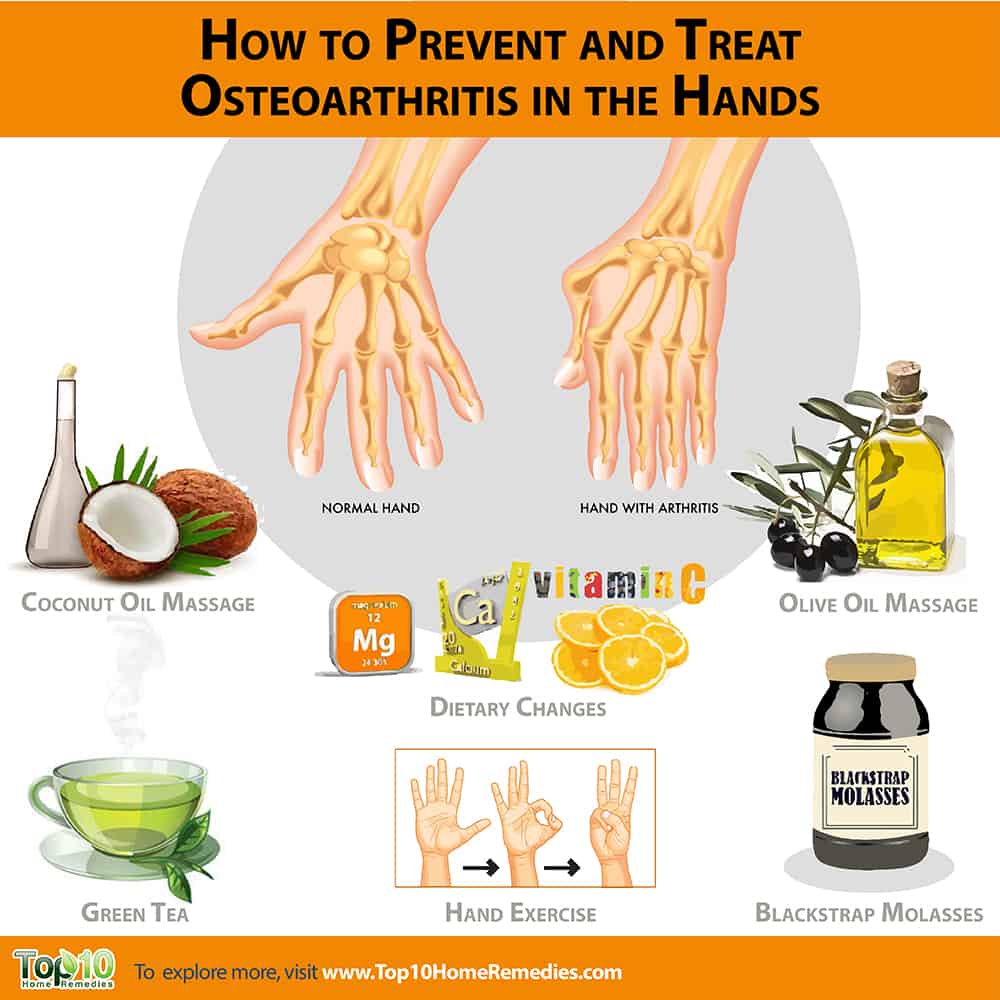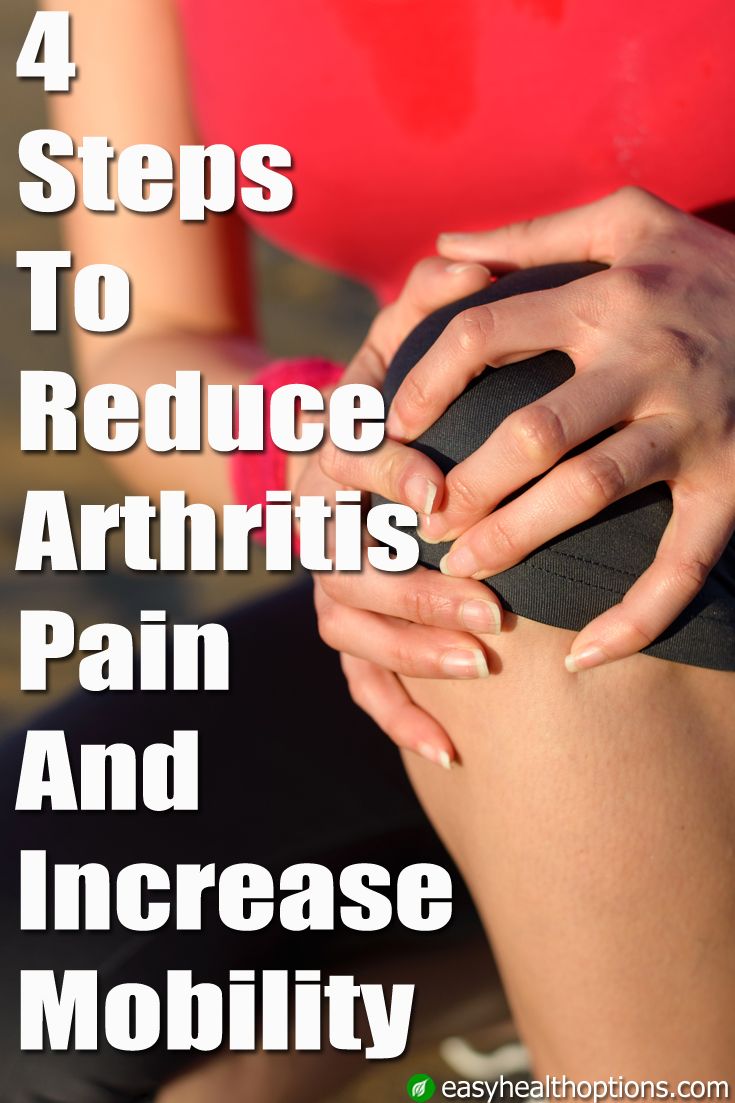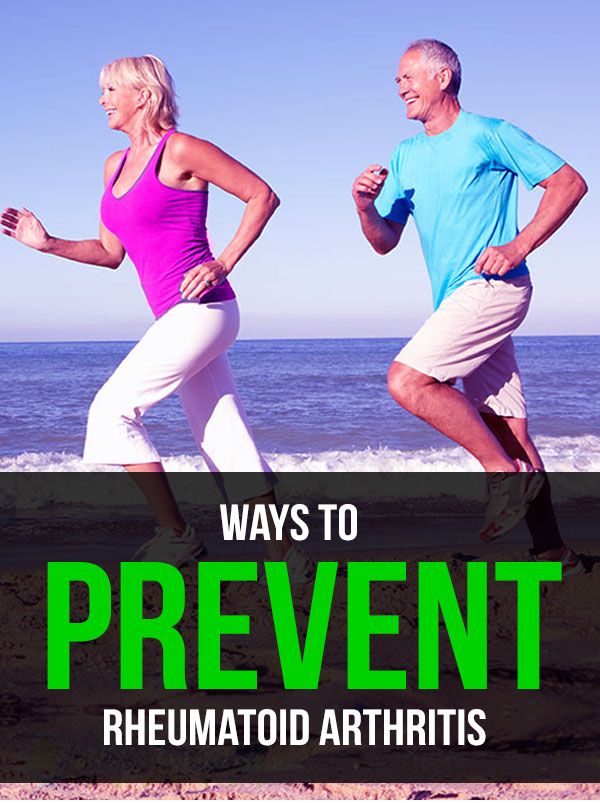Preserve Knee Function With Exercise & Changes In Your Lifestyle
Exercise, including water aerobics, strength training, and yoga, can help preserve knee function to ultimately relieve pain and swelling. The same exercises will help you lose weight, lessening the pressure on your knees. Exercise also helps maintain full range of motion in the knee joints, strengthens the muscles supporting the joints, and absorbs shock impacting the joints.
Walking is the most beneficial form of exercise. Its low-impact, and because its a weight-bearing exercise, it helps strengthen muscles and builds bones. Start out slow, gradually increasing your pace and distance for best results. Water exercises or walking in the shallow end of the pool are also great for muscle strength and knee flexibility. Because the body is buoyant in water, it lessens impact to near zero as it makes you work a little harder to move.
Exercise And Knee Pain
If your knee pain is due to an injury, surgery, or arthritis, gentle stretching and strengthening exercises may help ease the pain while also improving your flexibility and range of motion.
Exercising a knee thats injured or arthritic may seem counterintuitive, but in fact, exercise is better for your knee than keeping it still. Not moving your knee can cause it to stiffen, and this may worsen the pain and make it harder to go about your daily activities.
Gentle stretching and strengthening exercises can strengthen the muscles that support your knee joint. Having stronger muscles can reduce the impact and stress on your knee, and help your knee joint move more easily.
Before you start an exercise program for knee pain, be sure to talk to your doctor or physical therapist to make sure the exercises are safe for you. Depending on your situation, they may recommend some modifications.
Are There Any Complications
Osteoarthritis can develop over just a year or two, but more often its a slow process over many years that only causes fairly small changes in just part of the knee.
But in some cases, the cartilage can become so thin that it no longer covers the ends of the bones. This causes them to rub against each other and eventually wear away.
The loss of cartilage, the wearing of the bones, and the bony spurs can change the shape of the joint. This forces the bones out of their normal positions, making your knee feel unstable and painful.
Some people with osteoarthritis find a lump appears at the back of their knee. This is called a Bakers cyst or popliteal cyst.
A Bakers cyst is fluid-filled swelling at the back of the knee that happens when part of the joint lining bulges through a small tear in the joint capsule. This can then cause joint fluid to be trapped in the bulge.
It can happen on its own, but is more likely in a knee thats already affected by arthritis. A Bakers cyst doesnt always cause pain, but sometimes they can burst so the fluid leaks down into your calf, causing sharp pain, swelling and redness in the calf.
Osteoarthritis in the knee might change the way you walk or carry your weight, and this could cause you to develop the condition in other joints, such as your hips.
Recommended Reading: Does Glucosamine Help Arthritis Pain
Which Is Better For Arthritis: Indoor Or Outdoor Walking
Outdoor walking engages more muscles, which increases blood flow to joints and other tissues, says Colleen Louw, PT, spokesperson for the American Physical Therapy Association. It can also be more social than walking inside on a treadmill, adds Louw, who is also a co-founder of the International Spine and Pain Institute. Social interaction can have a positive impact on walking longer and decreasing pain, she says.
But outdoor walking can also require you to walk on uneven sidewalks or terrain that could increase your risk of slipping or falling, so make sure you pick a path that you know is safe for you.
If temperature changes or weather affect your arthritis, consider walking indoors at a local mall or indoor track and bring along a friend for company, suggests Louw.
Dealing With Knee Arthritis At Home

Recommended Reading: Does Walking Help Knee Arthritis
Beat Knee Arthritis Pain
You cannot undo the changes in the bone and cartilage associated with knee arthritis, but by using these top tips, you can help reduce the impact arthritis has on your life.
You can get more active, get back to doing the things you love, and reduce or maybe even abolish your knee arthritis pain altogether. Start today!
Related Articles
Do: Maintain A Healthy Weight Which Eases Stress On Your Knee Joints
Excess weight puts greater pressure or stress on your already damaged knees, Pisetsky explains. If you’re overweight, losing weight can relieve knee pain and even slow down the rate of cartilage degeneration, according to a study in the August 2017 issue of Radiology. The research showed that the more weight participants lost, the greater their improvements were. If youre overweight, weight loss can help with knee pain, Pisetsky emphasizes.
Also Check: What Is The Best Cream For Arthritis Pain
What About The Mediterranean Diet
Studies have suggested that the Mediterranean diet can reduce the inflammation that contributes to the symptoms of osteoarthritis.
As well as helping to reduce the pain associated with osteoarthritis, eating a Mediterranean-style diet offers many other health benefits, including weight loss.
Following a Mediterranean diet may also reduce the risk of:
When someone is living with osteoarthritis, their body is in an inflammatory state.
While foods with anti-inflammatory properties may reduce symptoms, some foods contain substances that actively contribute to this inflammation. It is best to avoid or restrict these dietary choices.
The types of food to avoid are those that include the following:
Walking Is One Of The Best Forms Of Exercise You Can Do When You Have Arthritis
There are lots of reasons you should walk for exercise: Youll burn calories, improve your balance, and boost your heart health. Your bones will get stronger and so will your muscles. Some research suggests that a 15-minute stroll can even help curb a sweet tooth.
And if you have arthritis, here are even more benefits of walking to add to the list. Research shows aerobic exercise can help ease pain and stiffness from arthritis. Walking may also help reduce your risk of disability, according a study published in the American Journal of Preventative Medicine. Researchers at Northwestern University analyzed four years of data from more than 1,500 older adults who had symptoms of osteoarthritis in their knee, hip, ankle, or foot. They found that just one hour a week of brisk walking or less than 10 minutes a day allowed older adults to maintain their ability to perform daily tasks like getting dressed or safely cross a street before a traffic light walk signal changed. Another study suggests that people with osteoarthritis knee pain benefit most when they walk 6,000 or more steps per day.
Another bonus for people with arthritis: Regular brisk walking can boost your mood and help you sleep better, both of which can be challenges when you live with chronic pain and fatigue from arthritis.
You May Like: Is Banana Good For Rheumatoid Arthritis
Nightshade Vegetables Cause Inflammation
Tomatoes, potatoes, eggplants, and peppers all contain the chemical solanine, which some blame for arthritis pain. However, the Arthritis Foundation say that there is no scientific evidence for this. Adding these nutritious vegetables to the diet can have many benefits for chronic health conditions.
Clinical Contributors To This Story
Harlan Levine, M.D. contributes to topics such as Orthopedic Surgery.
Osteoarthritis, also known as wear-and-tear arthritis because it typically affects people middle-aged and older, is a leading cause of chronic pain and disability. It is the most common form of arthritis, affecting more than 30 million adults in the United States.
Osteoarthritis is especially common in the knee joint. Approximately 14 million individuals in the U.S. have symptomatic knee osteoarthritis.
In a healthy knee, cartilage serves as a cushion between the bones and provides a smooth surface for movement. As cartilage breaks down, the joint can become painful, swollen and stiff. Eventually, the cartilage can wear away completely, increasing pain and inflammation as the bones rub together.
You May Like: How Do You Treat Arthritis In The Hip
Spread The Word About Our Knee Pain Book
We hope you find our knee pain book helpful and feel empowered to take back control. If so, wed really appreciated it if you could take a couple of minutes to post a short review on or Goodreads. Honest reviews are the best way to reach others and help them make better buying choices. Thank you so much for your support.
Page Last Updated: 10/08/21
How To Use Pain Medications Properly

There are two types of over-the-counter pain medications that can be used for osteoarthritis. Acetaminophen is a pain reliever but not an anti-inflammatory. It may help with mild knee pain.
NSAIDs can be more effective because they both relieve pain and reduce inflammation. However, they come with potential side effects and risks. NSAIDs can irritate the lining of the stomach, which may lead to an ulcer or other stomach problems. They also can impair kidney function. Some NSAIDs can increase blood pressure. And theyve been linked to an increased risk for heart disease.
Because of the risks, Dr. Day cautions against using NSAIDs regularly over long periods of time. Instead, she uses NSAIDs for her patients in two ways. First, people who have a flare-up of pain can take them regularly for three to five days and then stop. Second, they can be used over the long term, but only occasionally, maybe a couple of times a week as needed.
If youre taking NSAIDs several times a day for long periods of time, Dr. Day advises reducing their use by maximizing the other treatment strategies. She also suggests trying a topical NSAID, such as diclofenac , which has fewer potential side effects.
Opioid pain relievers are discouraged for long-term treatment of chronic knee pain. The milder narcotic tramadol might be appropriate for occasional use in some people, says Dr. Day.
Also Check: Do I Have Arthritis In My Hands
How To Practice Deep Lunging
For people with knee osteoarthritis, lunging poses the same benefits and risks as deep squatting.
Lunges are a great way to improve your overall leg and hip strength, but they may cause unnecessary pain when practiced incorrectly.
The trick, Bell says, is to make sure your knee doesnt extend past your ankle.
You may also find it helpful to practice lunges while holding on to the back of a chair or table for added support.
To do a basic lunge:
During your practice, its important that you take note of any changes in pain or discomfort. If you begin experiencing more pain than usual, you should stop lunging for the day and move on to another form of exercise.
Running can increase your overall wellness and help control weight. This can reduce the amount of stress on your knees and lessen the overall effect of osteoarthritis.
However, some caveats do apply:
No one with arthritis should start running, she says flatly.
To minimize symptoms:
Risk Factors For Knee Osteoarthritis
Unfortunately, there are no surefire ways to completely prevent osteoarthritis. Certain risk factors for the disease, such as gender and genetics, are out of your control.
Hackensack University Medical Center orthopedic surgeon Harlan Levine, M.D.says risk factors for developing knee osteoarthritis include:
- Your risk of developing knee arthritis increases as you age.
- Osteoarthritis is more common in women.
- Family history. You are at higher risk for developing osteoarthritis if it runs in your family.
- Being overweight or obese puts extra stress on your knees and other weight-bearing joints.
- Repeated stress on the joint, like bending or standing for prolonged periods, can cause wear-and-tear on the joint.
- Previous injury. Joint injuries, whether related to sports, accidents or other causes, can increase the risk of osteoarthritis later in life.
Don’t Miss: Is Krill Oil Good For Rheumatoid Arthritis
Do: Incorporate Strength And Flexibility Training To Strengthen Your Leg Muscles
A fitness plan for osteoarthritis should include strength and flexibility training along with aerobic exercise, says James Wyss, MD, a sports physiatrist at the Hospital for Special Surgery in New York City and an assistant professor of clinical rehabilitation medicine at Weill Cornell Medical College. Strengthening exercises help support the muscles around the joint, while stretching can maintain and sometimes improve flexibility around the knee,” Dr. Wyss says.
Dont: Be Afraid To Use Assistive Devices If You Have Knee Osteoarthritis
Canes and knee braces can play a role in decreasing knee osteoarthritis pain and improving function, Pisetsky says. There can be a period of time when knee pain is disabling but its not the right time for surgery, so thats when assistive devices can make a difference, he explains. An occupational therapist can work with you to choose appropriate assistive devices.
Read Also: How To Ease Arthritis Pain In Lower Back
What Are The Symptoms Of Arthritis
The symptoms of your arthritis will vary widely depending on which type of arthritis you have. The patterns will likely be quite different, as will the location and the severity of the pain and the other symptoms that may accompany the pain.
Despite the great potential for diversity in symptoms, however, there are four main symptoms present in almost every variety of arthritis.
How To Care For A Swollen Knee
When does a swollen knee require medical care, and when can it be treated at home? Mild to moderate knee swelling and knee effusionsometimes called water on the kneecan usually be treated at home. Medical attention is recommended if the knee is persistently swollen or accompanied by severe pain or other serious symptoms.
Read on to learn when to contact a doctor, how to treat a swollen knee at home, and how doctors can remove fluid from a knee using a process called aspiration.
Also Check: What’s Better For Arthritis Heat Or Ice
Switch From The Sidewalk To The Treadmill
Walking or jogging on a sidewalk made of concrete can be hard on the knees. A treadmill has a little more spring and decreases the overall compressive load on the knees. When walking on a treadmill, resist the urge to walk at an incline.
Walking on a groomed earthen trail will have a similar positive effect.
Ways To Help Prevent Arthritis In Women

It’s true: Creaky joints are more common in women than men. But there are steps you can take now to prevent arthritis pain later.
Arthritis pain and stiffness set in when the cartilage the rubbery cushion in the joints that absorbs shock for the bones and allows them to glide smoothly when we move wears away. When there isnt enough cartilage left in the joint to protect the bones from damaging each other, we feel it. And while over 46 million Americans are living with arthritis, about 61 percent of them, or 28 million, are women.
Why are women more commonly affected by arthritis? One reason may be the physical differences between the sexes for example, women have less knee cartilage than men. It’s no wonder that according to a recent report, knee replacement surgeries more than tripled in women between ages 45 and 64 over the past decade. Women are also at greater risk for the autoimmune condition rheumatoid arthritis than men, which experts think may be due to hormonal differences, among other factors. Finally, women may also experience a greater emotional burden from arthritis than men. A 2011 survey conducted by the supplement manufacturer Flexicin International found that 78 percent of women with arthritis feel that they receive very little support from family and friends, compared with 66 percent of men.
Also Check: How To Stop Arthritis From Progressing